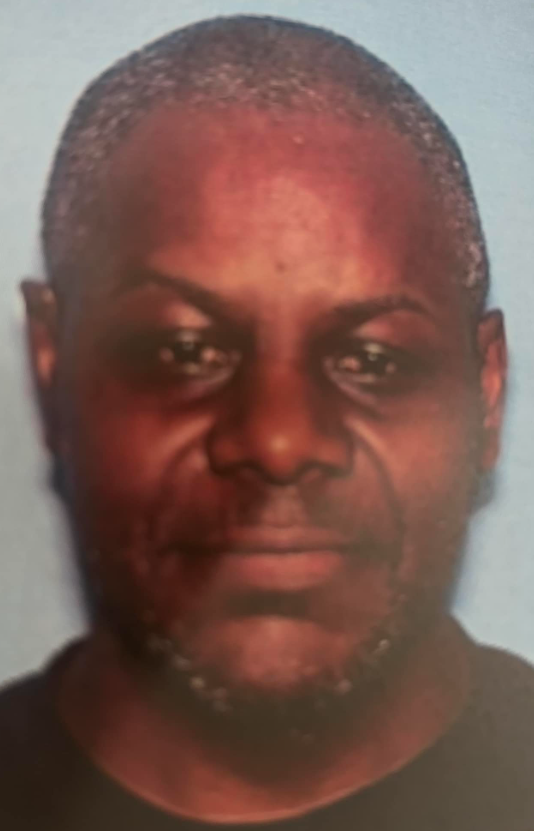
For years at Vicksburg’s Engineer Research and Development Center, supercomputers were named after gems, symbols of rarity and immense value.
But that tradition has been broken in favor of something rare and immensely valuable, but also courageous, selfless, and humble: Mississippi Medal of Honor recipients.
On Tuesday, the Carpenter Supercomputer was unveiled, named after Medal of Honor recipient William Kyle Carpenter, who was born in Flowood. Carpenter, Mississippi’s only living Medal of Honor recipient as well as the youngest MOH recipient in history, was there for the reveal.
“We honor William Kyle Carpenter, a MOH recipient whose story of bravery and selflessness is nothing short of extraordinary,” said a video shown in a ceremony at ERDC’s Information Technology Laboratory in Vicksburg. After the ceremony, Carpenter shook hands with every visitor who wanted to meet him, exchanging pleasantries in a kind, softspoken voice that belied the immeasurable courage it takes to take a grenade blast to save someone else.
“Corporal Carpenter — Kyle — I’ve never been more proud to stand before someone than I am today,” said Dr. David Pittman, ERDC director. “You and your fellow Marines, Soldiers, Airmen and Sailors are the reason we come to work every day.”

While serving in Afghanistan, Kyle and a fellow Marine were manning a rooftop security position when they were attacked by hand grenades. Without thinking, Kyle fearlessly moved toward the grenade and blocked his friend from the deadly blast. He survived the attack and saved his partner’s life.
“Kyle Carpenter, along with previous supercomputing system namesakes LCpl Roy Wheat and CPT Ed Freeman, exemplifies the very reason why our mission is so critical,” said Horner. “The opportunity to help protect those who are willing to give everything to keep others safe is not something to take lightly.”
“Humbling is really the only word. Just extremely humbling,” Carpenter said of the event. More humbling, he said, was the idea that so many people had worked on the project that will be integral to military operations far into the future.
“The amount of people that committed and devoted themselves to this for years, that tediously worked on every piece and component that brought together this incredbile — beyond machine, I’ll say creation — it’s really humbling, and really symbolic of our military,” Carpenter said. “And everyone that was a part of this mission, every piece of this computer, every job, every person, is equally as important and equally as vital to the success of the mission, whether that’s on the battlefield, or here at ERDC.”
ERDC is home to some of the world’s largest unclassified supercomputers, and this newest addition is no exception. The supercomputer has the ability to perform 9 quadrillion calculations per second and is fully equipped to enhance ERDC’s support of the Department of Defense’s most demanding computational challenges.

“With 277,248 AMD compute cores and 563 terabytes of memory, this new supercomputer will significantly enhance our ability to support the DoD’s most demanding computational challenges,” said David A. Horner, director of ITL. “This acquisition marks a major accomplishment for our laboratory.”
While serving in Afghanistan, Kyle and a fellow Marine were manning a rooftop security position when they were attacked by hand grenades. Without thinking, Kyle fearlessly moved toward the grenade and shielded his friend from the deadly blast. He survived the attack and saved his partner’s life.
“Kyle Carpenter, along with previous supercomputing system namesakes LCpl Roy Wheat and CPT Ed Freeman, exemplifies the very reason why our mission is so critical,” said Horner. “The opportunity to help protect those who are willing to give everything to keep others safe is not something to take lightly.”
Bobby Hunter, ERDC’s Chief of the Supercomputer Research Center, said the supercomputer’s capabilities are “mind boggling.”
“In one second it can do 9 quadrillion calculations and help solve some of DOD’s most challenging and complex problems such as aircraft design, ship design, blast protection, ground vehicle designs as well,” he said. “For this system, Carpenter, we use the analogy that if we took 10,000 scientists and engineers and gave them all a computer and they began calculating one calculation per second, it would still take them 28,000 years to perform the calculations that this system can do in one second.”
The Carpenter Supercomputer, an HPE EX 4000, allows scientists to develop new technologies to protect warfighters without having to include a physical demonstration or test until the best iteration of the technology is achieved.
“Scientists can do it much quicker than they can in terms of buidling physical models, so on the supercomputer they can design, iterate, test; design, iterate, test; and once they get to something where they think, ‘Hey this is going to work,’ then they can go do a field test on that prototype. It saves time and money and gets new solutions to the battlefield quicker for the warfighter.”
Carpenter acknowledged the incredible power of the machine, but directed the honor back to the team that developed it.
“Battlefields change, but we do not. It’s just so humbling just to come visit and spend time with all of these people, much less having the supercomputer named after me,” he said.
Cpl. Carpenter’s image is stretched across the entire front of the machine, making this one of the most striking and eye-catching supercomputers that has ever called ERDC home.
And even as he signed the supercomputer’s design, Carpenter’s first words were, “Thank you.”
“That was one of the most impactful hours of my life,” said Carpenter. “I thought I was going to look out and see a blank computer with nothing on it, and then I looked through that window, and I saw myself. But really, I saw our military and our nation and so many that have given so much and ultimately a moment for all of us, but for those that never made it home as well.”
Hunter said the decision to name supercomputers in the future after Medal of Honor recipients is not just a nod to the courage and sacrifice of great Mississippians, but also a way of remembering the mission.
“Today feels great. Naming these systems for Mississippi Medal of Honor recipients is just quite rewarding and insprational, and getting to meet someone like Kyle Carpenter was just unbelievable,” Hunter said. “We always loved our gem and mineral names but what we’re doing now is so much more inspirational and it presents these opportunities to have someone like Kyle Carpenter come on site and for people that work here to get to see what it’s all about right? To see why we do what we do.”
Carpenter said he hopes he can live up to the honors he’s been given since his time in battle.
“Whether it’s my fellow Marines who I was with in Afghanistan, our military, the nation as a whole, or the supercomputer that was named after me, ultimately all I can really say is I hope to always make those that worked on this computer, those that I served with, those that have given so much to this great nation, proud and to do the best I can a a veteran, a wounded warrior, a Medal of Honor Recipient, and an American.”





















